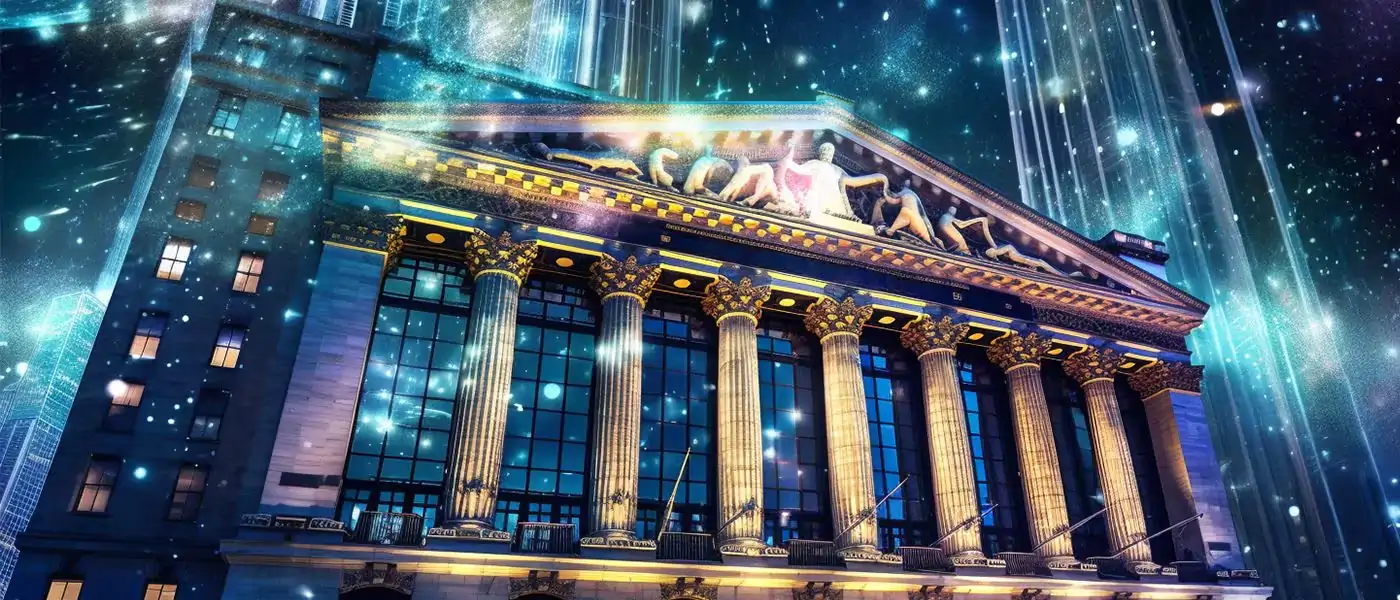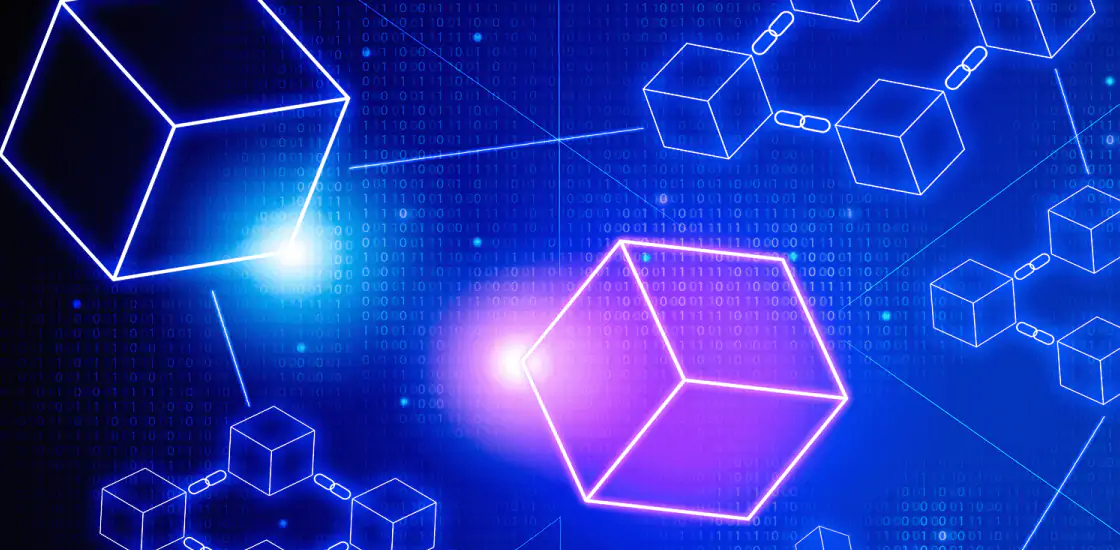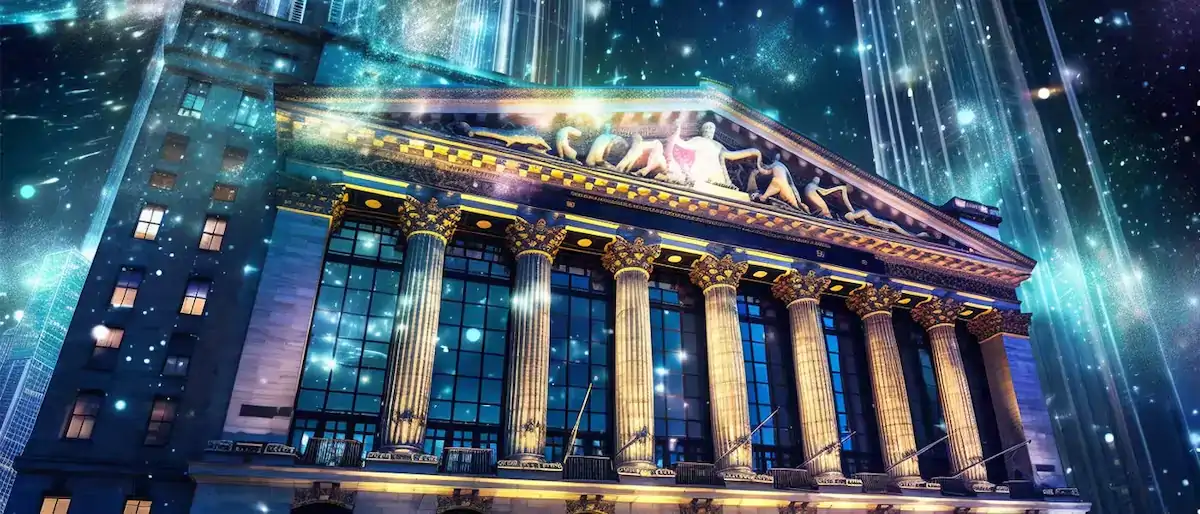Social Intelligence for Crypto, NFTs, and Stocks - there's more...
Too Long; Didn't Read
RWAs (Real World Assets) refer to the tokenization of physical assets like real estate, stocks, and bonds on the blockchain. By introducing RWAs, new capital, liquidity, and revenue can flow into the crypto ecosystem - opening up avenues for decentralized finance, reducing inefficiencies in traditional finance, and providing opportunities for institutions to seek liquidity. By bridging the gap between traditional, tangible assets and purely crypto-native assets, RWAs have a very real possibility to onboard the next $1 trillion into crypto.


@lunarcrush
LunarCrushSocial Intelligence for Crypto, NFTs, and Stocks - there's more to markets than tr...





Since well before the ICO craze, the market has been looking for narratives with the potential to 10x crypto’s market cap - decentralized finance, NFTs, hedging US dollar inflation, Layer 2s, Elon Musk, Microstrategy. The list goes on. Each narrative spurs an injection of new capital, developers, financial engineers, investors, influencers - creating new use cases and market cycles from which further narratives are born.
Being early to these narratives is key — and with that being said, let’s talk about Real World Assets (RWA).
What are real world assets (RWA)?
In short RWAs refer to the tokenization of physical world assets. In this context, “asset” refers to capital assets - significant pieces of property such as homes, cars, commercial real estate, loan portfolios, stocks, and bonds. Even physical art like collectibles can be capital assets. By tokenizing these assets on-chain, RWAs essentially bridge the gap between decentralized finance ($47 billion TVL) and traditional finance (the market cap of Nasdaq stocks alone is $18 trillion).
How will it bring value into crypto and what does it mean for the ecosystem?
The crypto market as it stands today is largely circular. DeFi is akin to a closed financial system and most of its revenue is derived from endogenous sources i.e. swap fees, borrowing fees. By introducing real world assets onto the blockchain, RWAs promise to open up new avenues for capital, collateral, and revenue to flow into the crypto ecosystem.
In turn, blockchain and DeFi building blocks have the potential to bring liquidity to historically illiquid assets, lower the cost of credit, widen the reach of access for credit and collateral, and bring transparency to what is currently an opaque black box of middlemen, wall street horse trading, and compounding inefficiencies. The cross-border, impartial nature of blockchain and smart contracts help put capital assets to use by people or organizations who would traditionally never have had the opportunity to do so, maximizing economic surplus (total welfare/productivity).
It’s also an attractive proposition for institutions who tend to seek liquidity wherever they can and are constantly looking for ways to reduce inefficiencies. On-chain management of assets can dramatically reduce middle and back-office operations across firms and intermediaries. To put it in perspective, shaving just 0.5% of the cost from $5bn of transaction settlements would save $25m, a meaningful difference on the balance sheet.
To top it all off, successful onboarding of RWAs can serve as a framework for tokenizing other physical assets, like inventory (supply chain management), identity, and taxes – all key building blocks and potential growth opportunities for crypto.
What does it look like in its current form? And where is it most likely to start?
The biggest use of RWAs to date has been stablecoins— which are essentially a tokenization of US treasury bonds into US dollar units on-chain. The introduction and rapid adoption of stablecoins have proven that there is a real and growing appetite for tokenized RWAs. However, stablecoins serve one basic function - to be a store of value used for earning and spending (making gainz ?? or getting rekt ??, depending on your perspective).
RWAs like gold and stocks have also been tokenized on-chain, either as a different form of
Projects that explicitly flaunt the “RWA” label, however, have mostly been a tokenization of credit. By “credit” we mean traditional interest bearing assets, like packaged real estate or automobile loans, which are collateralized and brought on-chain as:
a) interest bearing assets for the lender
b) a pool of liquidity, usually stablecoins, for the borrower
By essentially securitizing these loans on-chain, they can be easily bought and sold, and come with built-in interest distribution mechanisms via smart contract logic. Securitization allows for the efficient transfer of risk (lenders), and allows people (borrowers) to raise capital and create businesses that provide goods and services— which ultimately allows society to grow and thrive. Real world yields, especially in today’s bearish regime, are often higher than yields that one can find on-chain, increasing the value proposition of RWAs that much more.
What are some current RWA projects?
MakerDAO (
Centrifuge (
GoldFinch (
Maple Finance (
Institutional Players that are using blockchain for RWA
A very promising signal for RWAs has been rapidly growing interest from traditional institutional players. Some examples of recent RWA developments from the world of traditional finance:
Feb 14 - Siemens issues its
Feb 16 - Hong Kong
Apr 3 - Credit Agricole CIB and Sweden’s SEB begin to
Apr 14 - Bank of America
Apr 20 - Societe Generale introduces a
Apr 26 - Mitsubishi UFG Trust and Banking Corporation
What does the future look like for RWA?
Given that tokenized real-world assets depend on the existence of parallel traditional financial institutions, their trust properties will likely never be the same as a DeFi ecosystem which solely deals in crypto-native assets. However, it remains a very compelling case as the market finds relative stability and more advanced data, onboarding, and custody solutions over time.
RWAs will bring more holders and users to the ecosystem. While Web3 natives who already hold tokens are the clear initial product-market-fit of DeFi products, bringing DeFi to the traditional and institutional consumers will require assets and financial products that traditional users are familiar with and already own in one shape or another. The TVL in DeFi is a drop in the bucket compared to the hundreds of trillions available in traditional capital markets, and is similarly dwarfed by physical non-capital and even intangible assets mentioned earlier.
Think about the concept of the
Author:
- Toby Fan, Web3 Strategist @ LunarCrush
- Twitter | LinkedIn
RELATED STORIES















